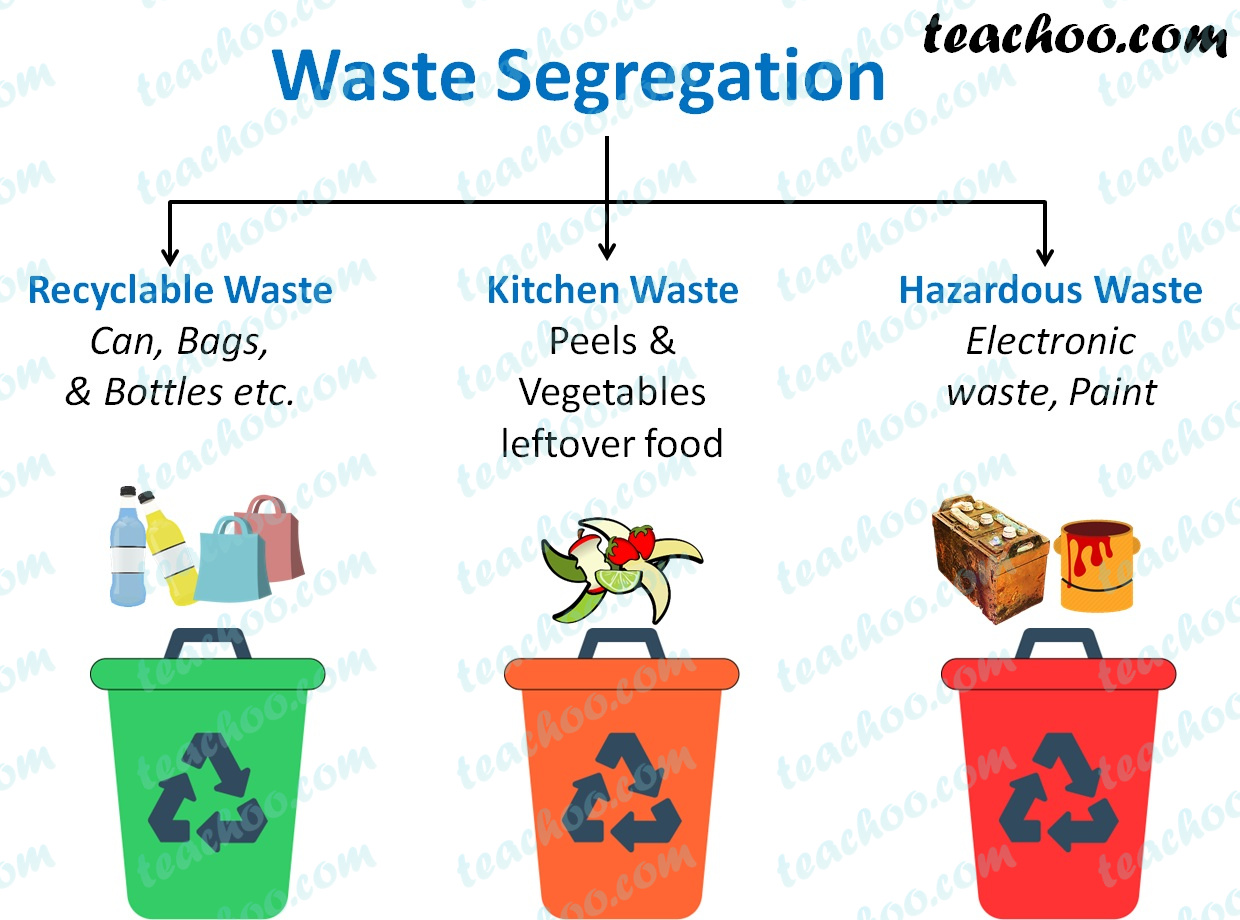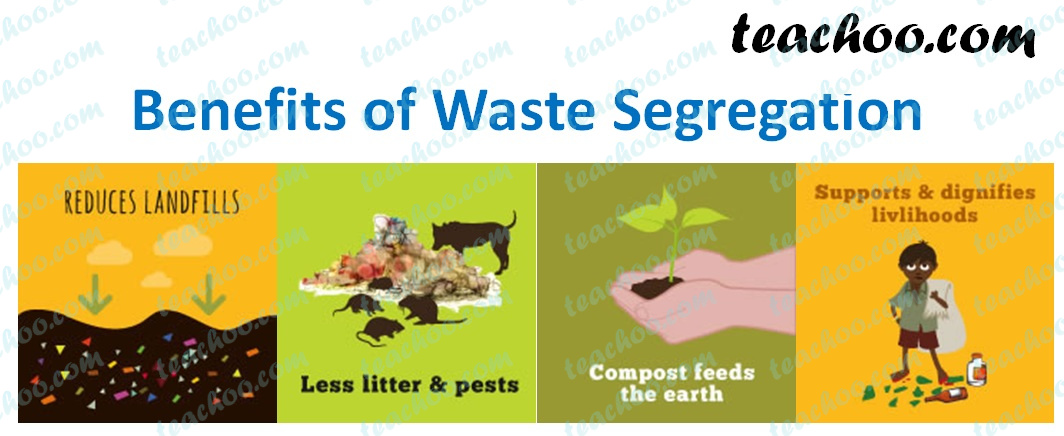Waste can be classified as Biodegradable and Non-Biodegradable.
Biodegradable waste are decomposed easily, whereas Non-Biodegradable materials cannot be decomposed easily.
Biodegradable materials are Peels of vegetables, paper, cotton, wood.
Non-Biodegradable materials are Plastic Bags, Metal Cans
So, our first step should be to segregate these wastes into Biodegradable and Non-Biodegradable.
We can
- Segregate our kitchen waste into Dry Waste and Wet Waste
- Wet waste includes peels of vegetables and other leftover food, which can be used to make manure
- Dry waste can be cans, plastics, metal, glass
- We can also make a separate bin for chemical waste like batteries, old electrical appliances like TV, phones.
Biodegradable wastes can be used in our households to make manure.
Whereas Non-Biodegradable wastes should be adequately segregated so that they can be disposed off.
Benefits of Waste Segregation
The benefits of Waste Segregation are
- Reduces Landfills
- Less littering means the Environment is more cleaner
- Compost formed feeds the Earth
- Ragpickers earn a livelihood by selling off the segregated waste to recyle companies


